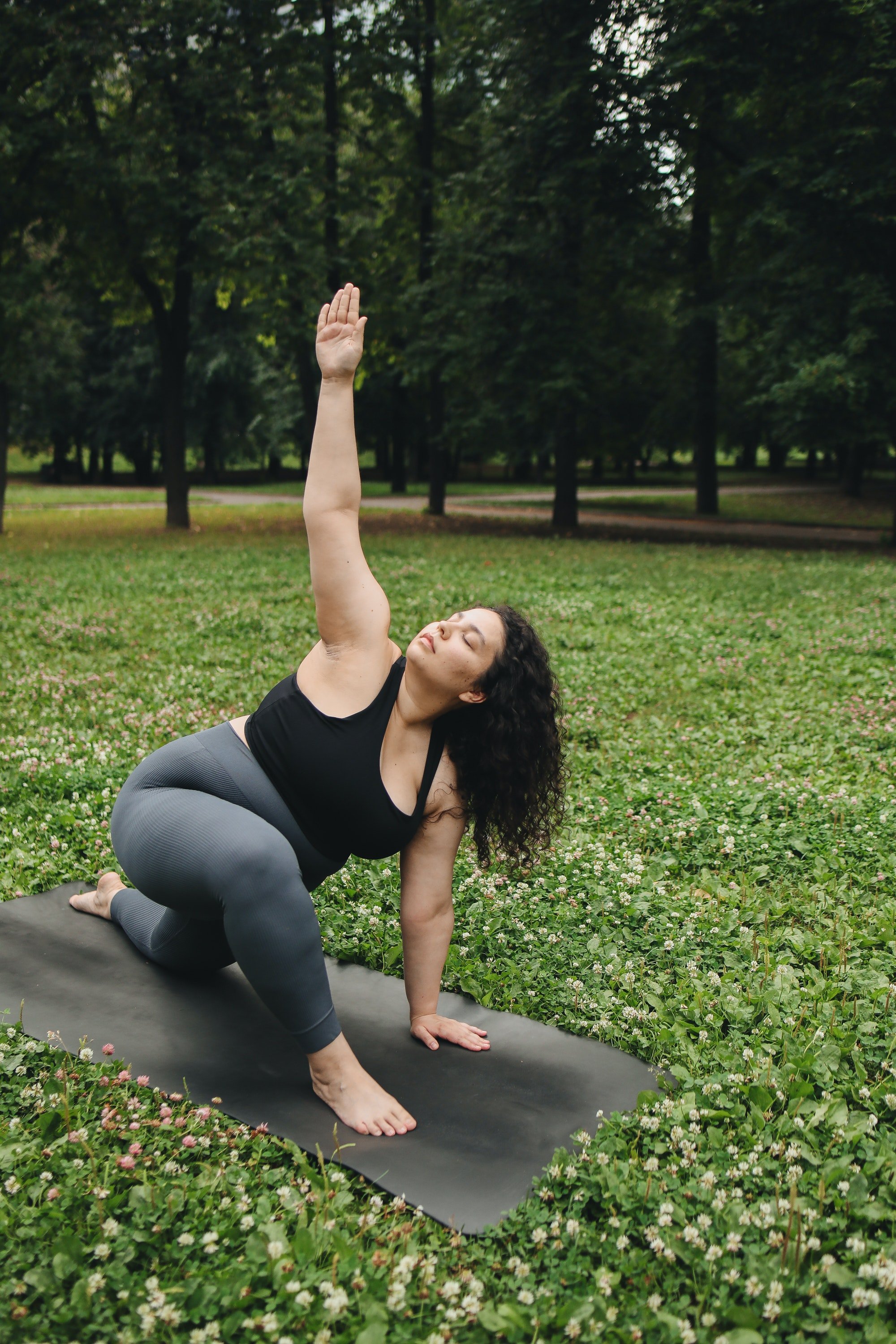Adjusting to our postpartum bodies is a challenging part of early parenthood. We live in a society drenched in “bounce-back” culture, making it hard to accept and love the changes that happen to our body during and after pregnancy. Here are five tips for improving your body image postpartum:
Photo of author one month postpartum.
Wear comfortable clothing.
This means wearing clothes that are your current size (not your wishful pre-pregnancy size) and also feel comfortable in a sensory way.
C-section scars, new stretchmarks, and lactating breasts can all feel sensitive, especially when a piece of clothing exacerbates any of that discomfort. Opt for soft, loose, stretchy, and breathable clothing.
If finances are a barrier to purchasing new items that feel good for your postpartum body, consider shopping at local thrift stores, joining a “Buy Nothing” group on Facebook, or asking other recently postpartum friends if they are looking to give away any of their maternity or postpartum clothing.
Take a break from the mirror.
Sometimes looking at yourself in the mirror causes too much havoc for your brain, especially if you are prone to critical body checking. It is okay to take a break from looking at yourself in the mirror - cover it up, take it down, or only use mirrors that are high or small enough to reflect your body from the shoulders up.
Consider gradual exposure.
Other times, it is beneficial to allow yourself to habituate to your new body. Habituation is a process of adjusting to a new stimulus. Initially, the new stimulus (our postpartum body, in this case) can cause an anxious or fear-based reaction, but the more we expose ourselves to the stimulus, the quicker that anxiety-based reaction dissipates.
Challenging yourself to observe, not judge, your body is key to this practice. The idea is to get used to and accept your new body without getting lost in self-criticism. This means allowing yourself to describe your body as it is now, rather than comparing it to how it used to look. Make sure to observe your body from several angles so that you don’t jump-scare when you see it from the side or the back because you’ve only been observing it from the front.
Practice Appreciation
I know, it’s easier said than done, but we have to admit that our postpartum bodies have just performed incredible, intense, amazing acts. Our bodies created, carried, and delivered a human being - is there anything more impressive than that? Can we at least allow space to appreciate our body for what it has been through and brought to us?
Understand that your body, much like your brain, is forever changed.
Again, you just created and delivered a human being into this world. Your body had to change, and that is okay. Just like your brain has forever shifted to adjust to becoming a parent, your body has also shifted. Plus, many of these bodily shifts make sense. Our belly-pooch can be a great place to support a baby while breastfeeding and it can make us that much softer and cuddlier for our little ones to hug.
So as you adjust to your new post-pregnancy body, understand that you will feel a mix of emotions. Feelings of frustration and grief are valid and so are feelings of awe and gratitude.





